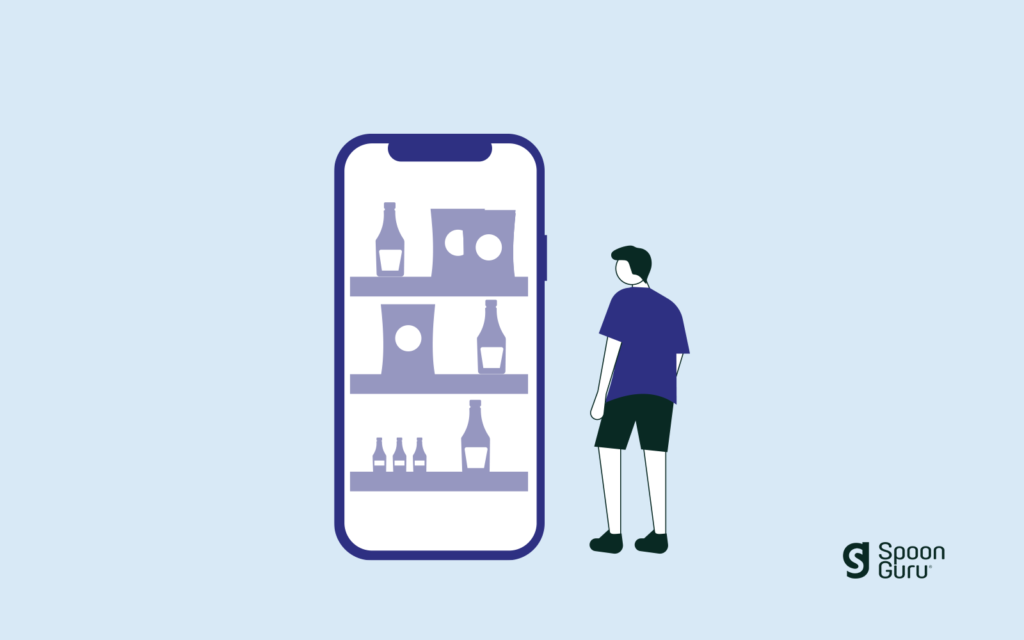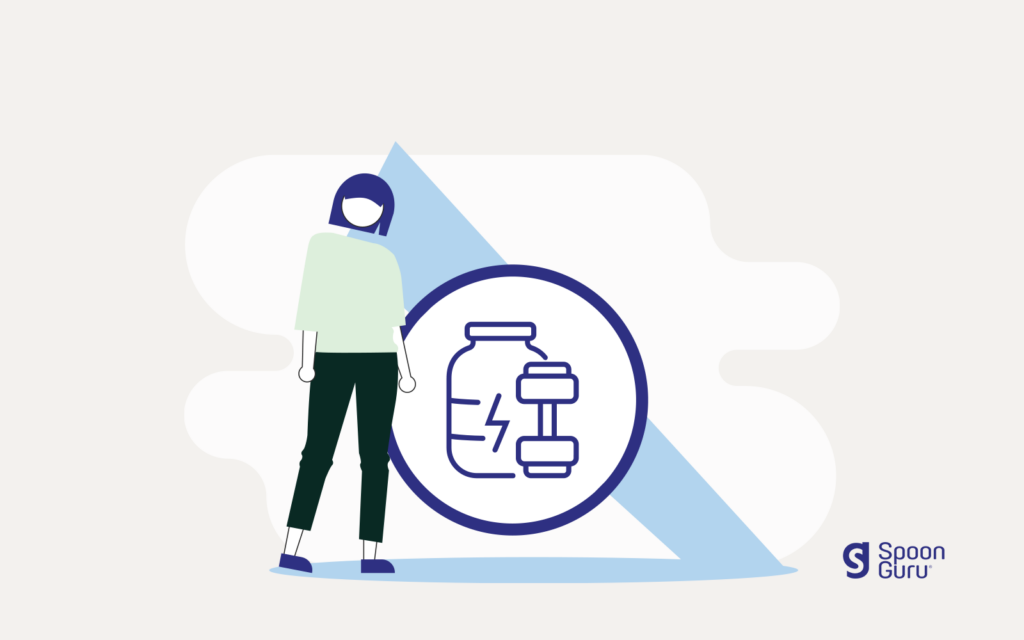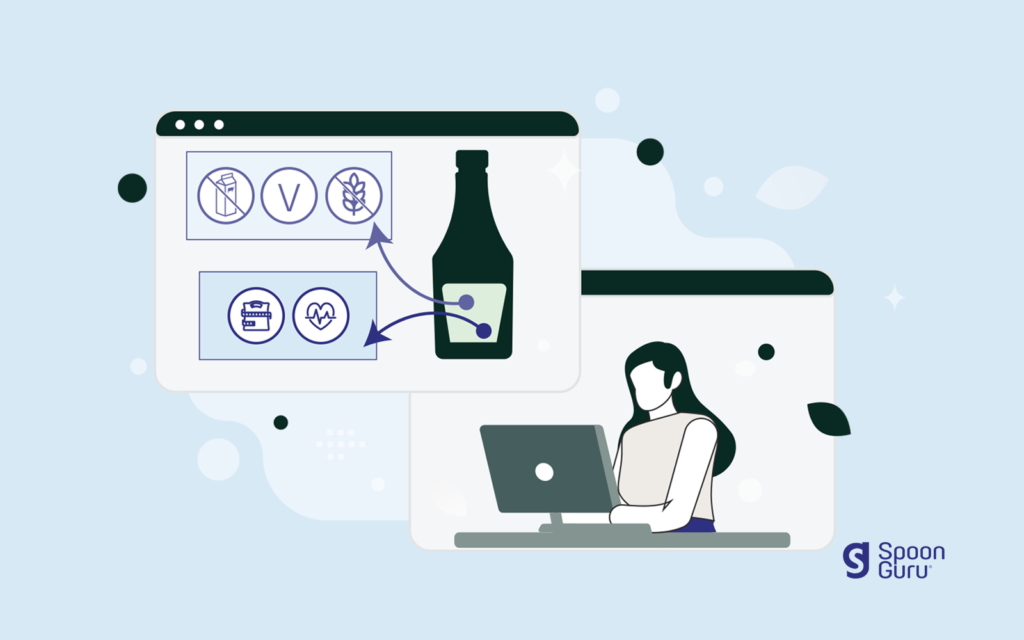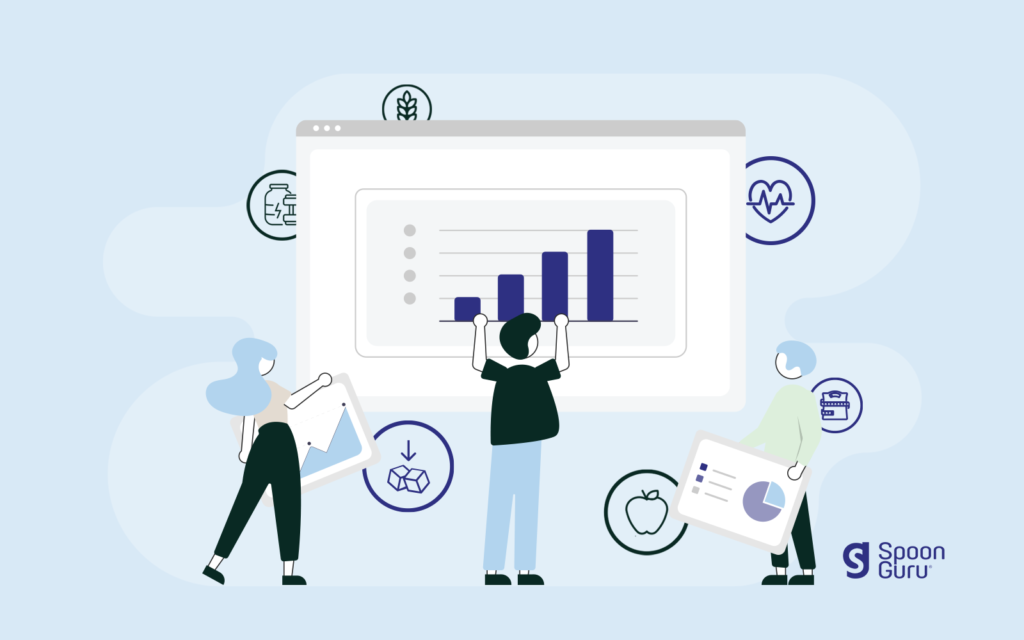Retailers are under constant pressure to diversify and emphasise their product offering through a health lens. However, differentiating “healthier” products is highly complex, requiring data-led nutrition and demanding attention from regulatory framework, nutritional guidelines, and product label knowledge.
Feature Posts
One of the most important aspects of a food retailer’s site is its search functionality. Without a robust system in place, you inhibit your customers’ ability to shop for the products they need. With the correct indexing customers can find what they’re looking for with ease.
GLP-1 medications are not magic bullets. Their efficacy is amplified when combined with evidence-based nutritional advice and sustained behavioural changes. Without these elements, patients may not fully benefit from the metabolic and appetite-regulating advantages of GLP-1 treatments. Digital tools and credible Nutrition AI solutions have the potential to bridge the gap between patients and experts, offering scalable, personalized support that enhances the effectiveness of GLP-1 treatments.
With accurate nutrition tools for digital creators & end users, scalable impact across both digital and physical food environments can be realised.
Protein is important for many things – from muscle growth to a healthy immune system. We should be eat a wider variety of proteins, especially from plant-based sources. Here’s the how and why.
In the UK, it’s recommended that we all eat at least 5 servings of fruit and vegetables every day. Here’s the how and why.
It’s a fact that most of us are not eating enough fibre. Here’s why fibre is so important and how you can help increase your daily consumption.
Now, more than ever, when consumers are grocery shopping they are doing so with product ingredients and nutrition in mind. While it feels like an easy win to simply meet shoppers in the fresh food aisle or rely on manufacturers to revise their front-of-pack information, for many consumers this does not go far enough.
The expectation that food retailers will actively support the health and wellbeing of their customers is growing day by day. To move the needle on health and wellbeing, retailers need a solid versatile solution that can be integrated into their current ecosystem to provide the most cost-effective, high impact intervention. This starts with, first and foremost, your product data.








